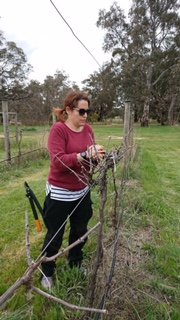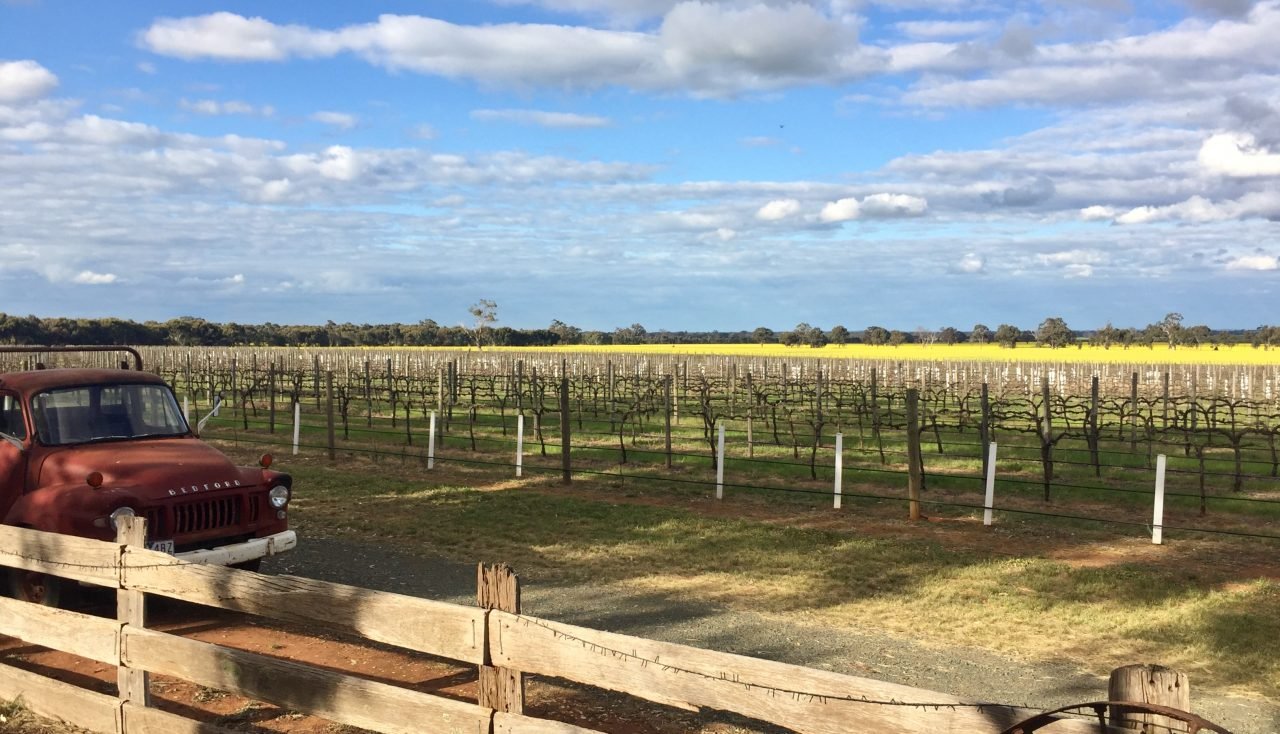
Celebrating
A few big milestones happened this week, first I was granted my Permanent Residency – meaning no more international student fees hooray! Secondly, I survived and really enjoyed my first paid shift working in the industry – at the cellar door of Helen’s Hill. Lastly, we sold a property in the UK, so the prospect of perhaps owning our own small estate one day, became a little more real.
Ironically, writing to do lists is one of my favourite ways to procrastinate. I did a lot of this this week and it was terrifying – there are a lot of assignments due soon and a LOT of exams just around the corner. Luckily, school’s out, so I have had a little more time to devote to my studies.
Top 2 things I learnt this week:
1. The Birds
Birds have always been a favourite of mine, but like most creatures in Australia, I imagined that they would be dangerous too. You only have to watch Neighbours to see them in action, swooping on people. Can you imagine my relief to discover that you can avoid this by simply wearing an ice cream tub with eyes drawn on on your head? Also, emus are not common in the city, and there are parrots just flying around – not in cages or anything. Australia is bird heaven!
That is until… you have a vineyard. Then they are the enemy. Though technically it is us going against nature, as grapes have evolved to be attractive to birds to spread their seeds etc. etc. But, whatever! If you want good yield of quality grapes you have got to keep those pesky birds at bay.
Birds can damage yields in three ways:
The Ringleaders: Mostly little ones, including sparrows and the dreaded silvereye – peck at berries leaving wounds that are then vulnerable to secondary infections by rots.
The Gobblers: The ugly ones, like starlings and crows – eat berries whole.
The Total Destructors: The gorgeous ones; parrots, including cockatoos, rosellas and galahs – fancy themselves as pruners, striping buds and young shoots. They also pull out young vines AND damage fruit.
Who you gonna call?
Alas, there are some solutions depending on your budget. At the top end are nets and auditory deterrents that sound like the distress calls of certain birds. Shooting is also popular, though many of the gorgeous ones are protected, but I think I’d go for the cheaper option still: Mirrors and metallic streamers dazzle the birds and they find it hard to land – they look really pretty too.
2. Du vin?
French wines are easy to recognise from their labels, but often they are hard to choose, as things may not be quite as they seem. Often the grape varietal is not included on the label as it is assumed that the purchaser can glean this information from the appellation information alone. France has very strict rules about which grapes can be grown and where. If you grow grapes outside of these controlled appellations, then you may not be allowed to included certain things on your label.
Here is my quick guide to which wines come from each of the major wine regions in France:
Champagne: The most obvious – but only Champagne, grown in Champagne, from the traditional Champagne grapes (Chardonnay, Pinot Noir and Pinot Meunier) can be called Champagne. Similar style sparkling wines made outside of the region are labelled Crémant.
Burgundy: South of Champagne and one of the most prestigious wine regions in the world. Here the reds are predominantly Pinot Noir and the Whites; Chardonnay.
Beujoulais: To the South of Burgundy, is well known for its softer, lighter style reds made from Gamay.
The Loire Valley: In the East, most well renowned for some serious Sauvignon Blancs, including Sancerre and Pouilly Fumé.
Bordeaux: South East with a warmer climate that can ripen some of the richer reds, which are often blended to produce complex and high quality wines. On the left bank they mainly grow Cabernet Sauvignon and Merlot. On the right, Cabernet Franc and Merlot. White – Semilon.
The Rhône Valley: Running from the South of Beaujoulais all the wall to the Mediterranean, the Rhône Valley boasts a range of climates and a range of wines. The North of the region is famous for some seriously complex cool climate Shiraz as well as the white, Viogner – often found blended together. The central Rhône is home to Grenache and the South is famous for robust red blends Like Châteauneuf du Pape which is usually a GSM – Greache, Shiraz, Mourvèdre.
The Pays D’Oc: On the French Riviera, is a bit of a free for all, growing a great deal of lots of varieties.
Of course, these regions are often not included on the label either, as the best wines are from appellations withing these regions that demand recognition. I’ll get into them another time.
More?

Dreaming – one day!

Pruning in action
Well, I attended an inspiration evening to celebrate The Women in Wine Awards at Wine House. I took a team back to Parson’s Gully for another day of tough pruning before hitting up Shiraz Republic, Heathcote, for a well earned beer and wine tasting. I survived and loved my first day as a cellar door schmoozer. We celebrated our milestones with some lovely wines – reviews coming soon, and Phil was back at Noisy Ritual for the final barrel tasting before we bottle in November.
Next week…
I start a 16 week gym program that will ensure that all this wine consumption does not continue to take its toll on the waistline – the struggle is real! We are off to the Heathcote Food and Wine Festival at the weekend and Phil and I continue to work on our business plan. The future is looking exciting! I was awake in the night, writing down some of my ideas for our label!
Au revoir! Merci!

